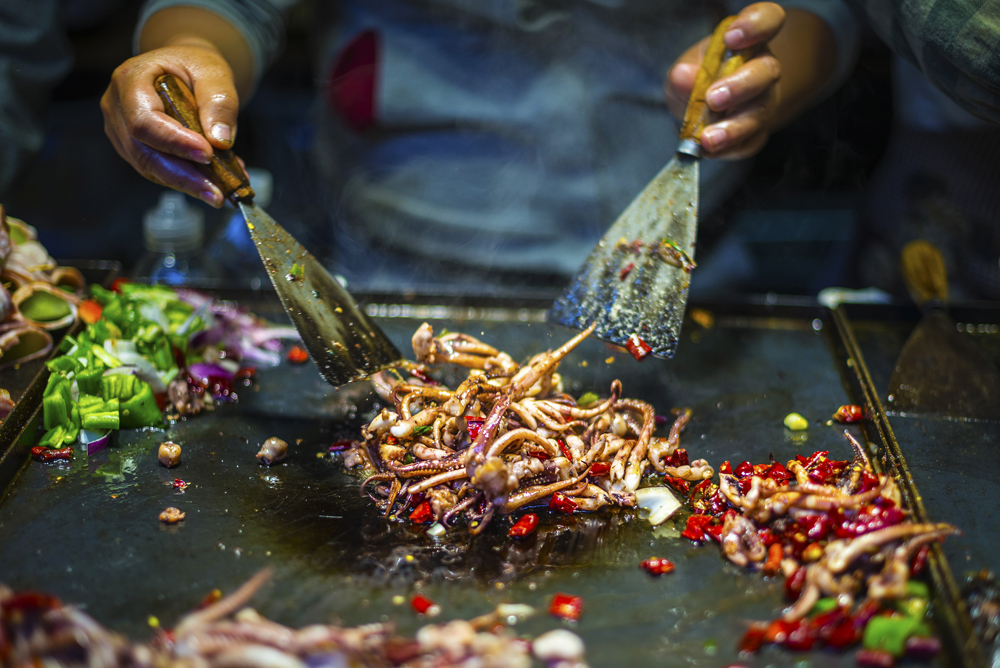
Enjoy Different Cuisines on Travel to China
When on travel to China, you’ll be surprised by the variety offered in Chinese cuisine – whether exploring locally or the whole country.
I remember thinking, at one time in my life, that there was only one type of Chinese cuisine and that was the one I had eaten at local restaurants. However, after my first visit to China, many years ago, I was pleasantly surprised at the variety of food available. I suggest, if you are adventurous, that you might try unusual dishes not offered in your local Chinese restaurant. I want to emphasize that a large number of restaurants almost everywhere in China, especially in hotels, do cater to Western tastes. Also, the types of Chinese cuisine written about here can be found in most major cities on travel to China. If you are not a fan of Chinese cuisine or want a change, you can find Western cuisine in most International hotels and some restaurants.
If on a China tour, you may find yourself sitting at a table of six or more companions. This has one big advantage. Many different dishes will be presented to you on the table, allowing you to try a variety of foods. Sometimes the dish may not be something you recognize. However, do try it as you might well be pleasantly surprised. There have been many times I have eaten something that I didn’t recognize.
Cantonese Cuisine
This is the most common type of cuisine found in the Western Hemisphere and probably the one that is most familiar. However, you may find that on your trip to China even this cuisine differs somewhat from what you expect. A basic fact about Cantonese cuisine is that it is generally mild in flavour. It consists usually of fresh ingredients including fish, meat, and vegetables steamed or fried. Spices, herbs and seasoning are rare, hence the mild flavour. A staple dish is rice, steamed or fried. If you want to really experiment and, if available and you really want to experiment, you might consider trying bird’s nest soup, which is not for the finicky as it is made from the saliva of birds. Okay, not for you? What about shark fin soup? This was a delicacy favoured by Chinese royalty but today the soup is a pale imitation of the real thing. Not for you again? Let’s come down to earth with dim sum. These are small dumpling-like items which can be fried, steamed, stewed, or baked and stuffed with vegetables, meats, or fish (shrimps, etc.). Finally, with Cantonese cuisine, you can expect to be served large quantities of green tea, a very healthy and refreshing drink to clear the palate.
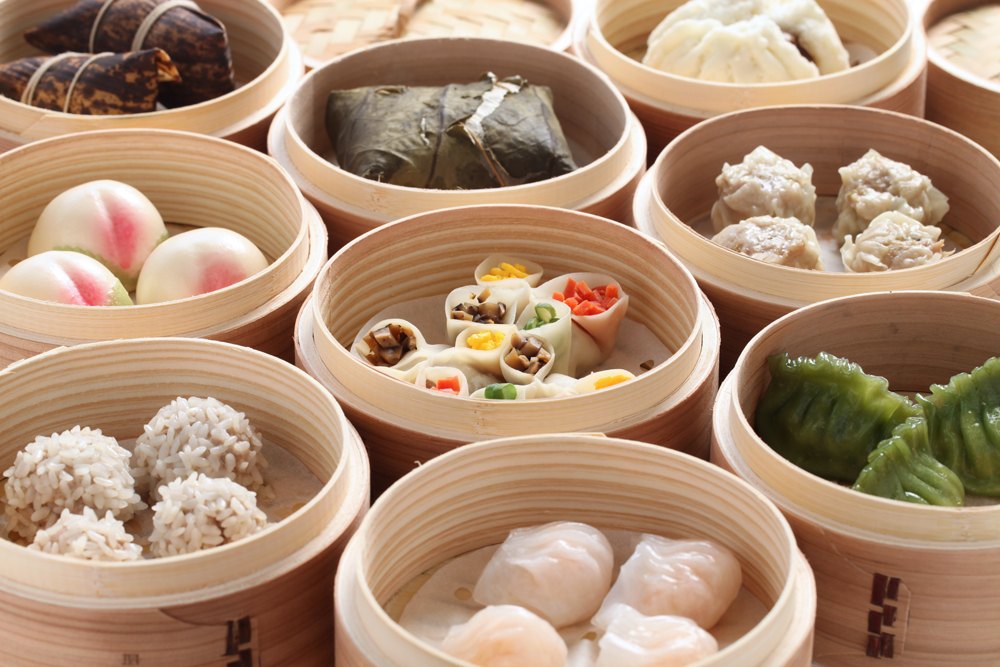
Mandarin Cuisine
Mandarin cuisine has wheat as the staple food as Northern China’s weather is not suitable for growing rice. You may find Mandarin cuisine a little richer than Cantonese with the use of spices prevalent. You will generally experience less fish and more meat dishes. This cuisine was developed from the desires and tastes of the Chinese emperors of old. Two styles of meals that I have thoroughly enjoyed in the north, on my travel to China, have been hot pot and Beijing duck. A Mandarin hot pot is very similar to fondue. A pot of boiling water is placed in front of you, into which you throw in whatever you like or whatever is put on your table uncooked. When the item appears to be ready, fish it out and eat. The dishes get better, the more food goes into the pot, be it meat or vegetables, as the flavours compliment each other.

If you attend a Beijing Duck dinner banquet (also known as Peking Duck), you will find that almost everything you eat has been prepared from the duck. This is a traditional dish once enjoyed by those emperors again. The duck meat is accompanied by thin, crisp skin and sliced in front of you by the cook. The ducks are bred specially for this dish and are seasoned before being roasted in an oven. You can even have soup made from the duck to start your meal.
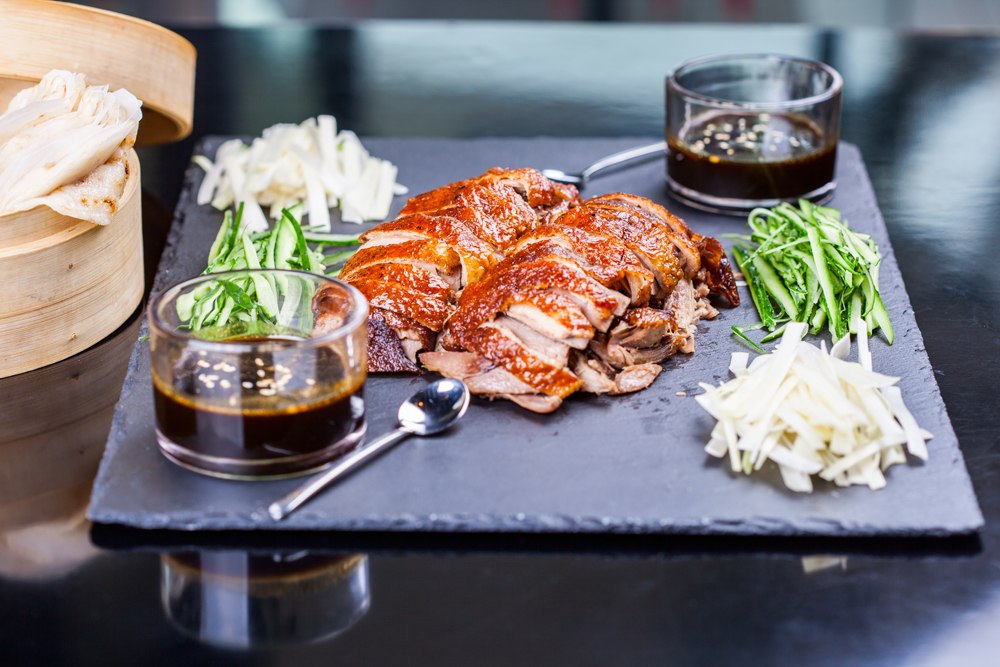
Sichuan Cuisine
Sichuan cuisine, also called Szechuan, is derived from Sichuan Province in south-west China and is known for its spicy flavours. This is the result of using garlic and chilli peppers plus peppercorn. Peanuts, sesame paste, and ginger are also regular ingredients found in this cuisine. You will be given lots of rice and vegetables to offset the spices. The most common main ingredient is pork, although you can also find beef, chicken, and fish items in your meal. Cooking methods include stir-frying, steaming, braising, baking, and the most popular of which is fast-frying. Tofu is popular in Sichuan cuisine as is bean curd and water chestnuts. One typical Sichuan dish is spicy diced chicken, which includes fried diced chicken, red peppers, and peanuts. You can also try Sichuan hot pot. This time the pot is filled with a broth flavoured with chilli peppers and other spices.
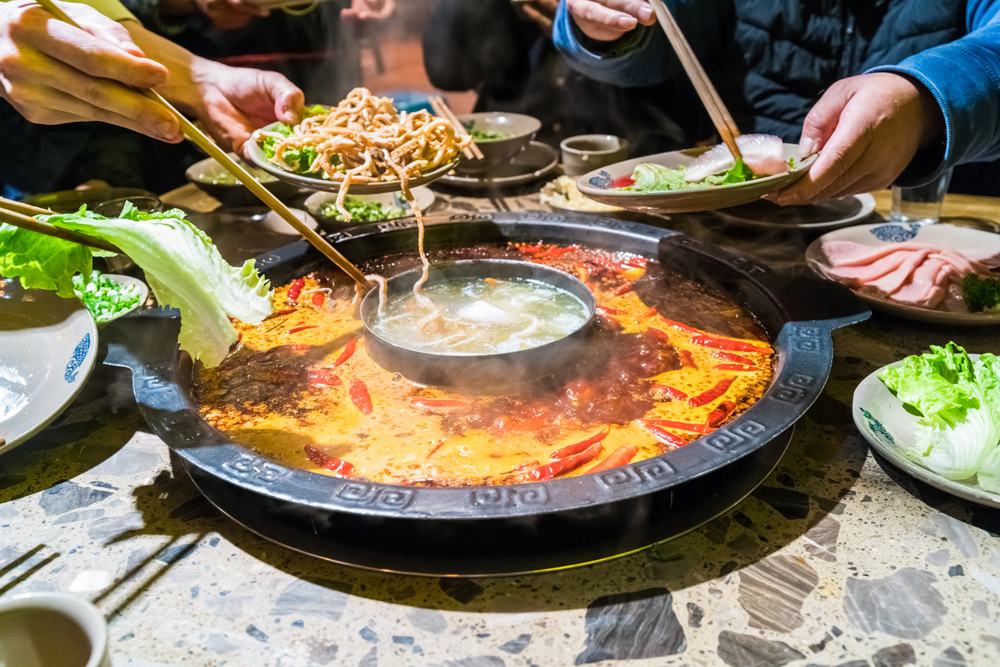
Mongolian Cuisine
If you happen to travel to Inner Mongolia on travel to China or Outer Mongolia – the independent country where food is influenced by its extreme continental climate – expect to find mainly dairy and animal dishes. The most common dish is mutton, often offered in steamed dumplings. The use of vegetables and spices is limited. Noodles and rice are readily available. Milk and cream are used to make a variety of beverages as well as cheese and similar products. A popular cereal is barley, which is fried and malted and then eaten like porridge. The most prominent alcoholic national beverage is called airag, which is fermented mare’s milk. Horse meat is eaten in Mongolia (but then it is also eaten in France).
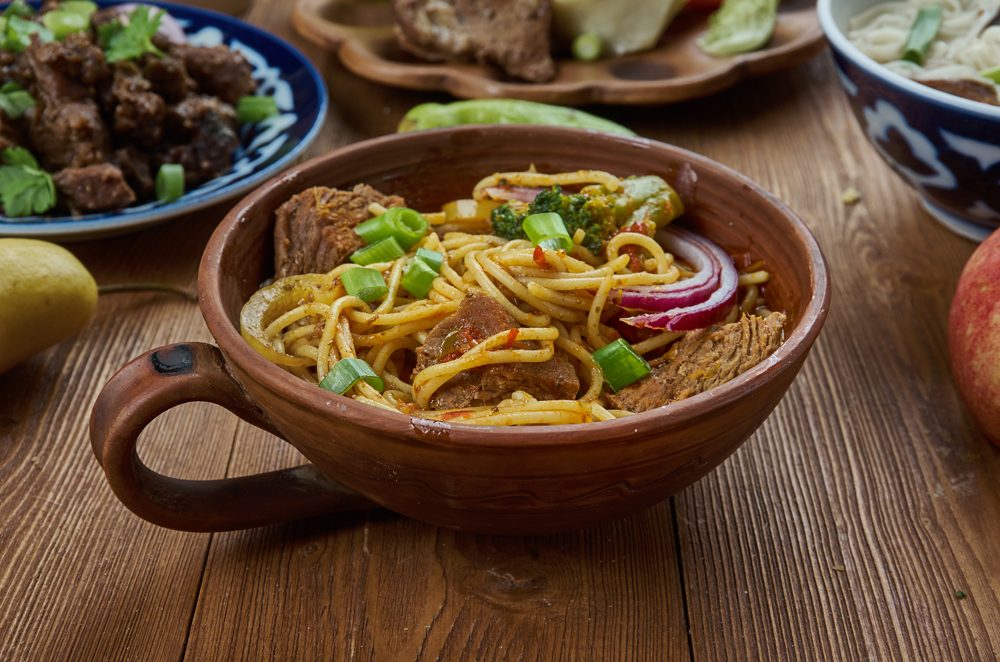
Xinjiang Province
If you travel to the far west of China along the Silk Route to Xinjiang Province (Urumqi, Turpan, Kashgar among other destinations), home of the ethnic Uyghur minority, expect Middle Eastern influences. The main ingredients here are mutton, kebabs, some fish and rice. An experience that stays in my mind in Xinjiang was a banquet involving a whole sheep being roasted on a spit while sitting in an outdoor restaurant and watching it being turned over and over. Eventually, after starters, meat was cut from the sheep in question and put on a plate together with rice and vegetables. I found this to be interesting and different!
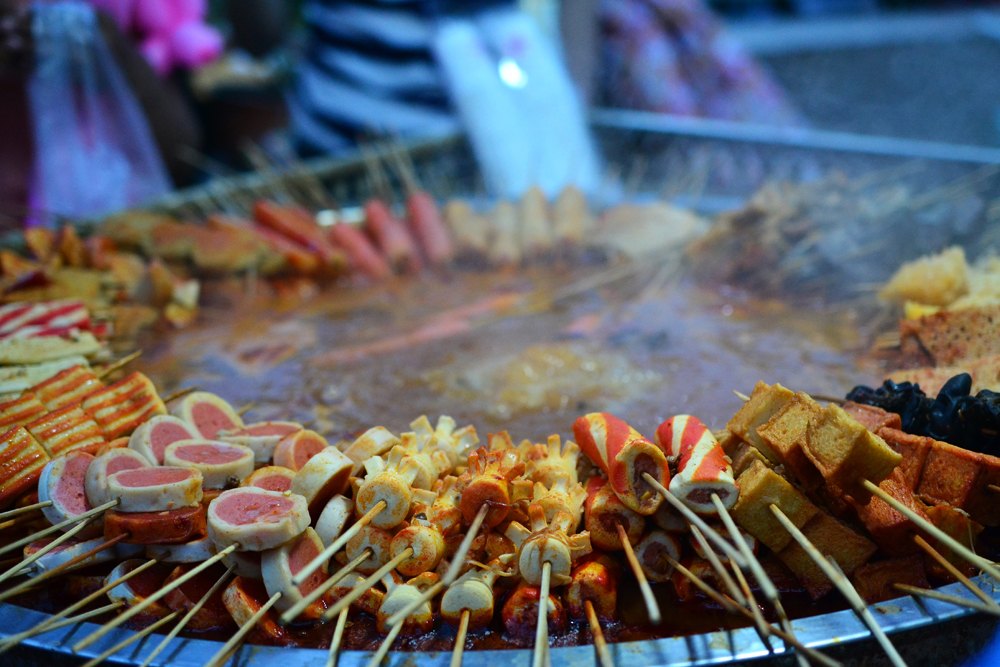
There are many variations on these cuisines and regional specialities, but it would take a large manual to cover them all. So, for now, if and when you visit on travel to China, Bon Appetit!
Get more travel inspiration by email.
Subscribe
0 Comments

Get the latest travel trends & hear about the best deals on vacations around the world.
If you’re a Globetrotter, these are the newsletters for you!



